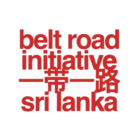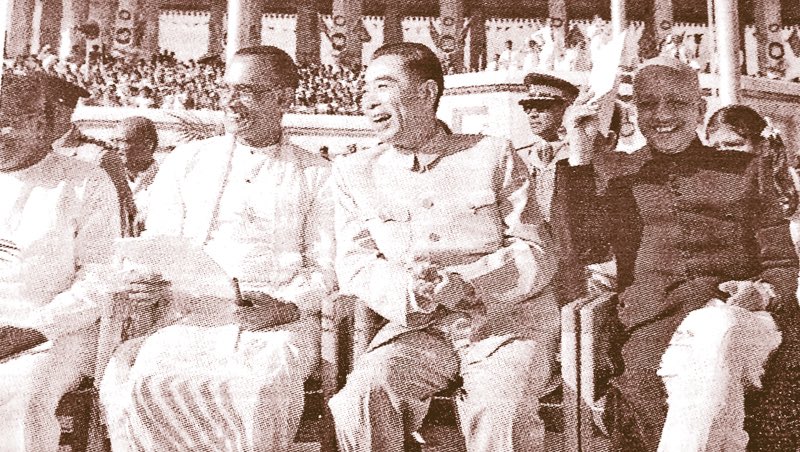Sri Lanka- China Relationship is an Essential Pivot in Global Civilization Initiative.
Sri Lanka- China Relationship starts with the visit of the Chinese Buddhist scholar Faxian to Sri Lanka dating back to the 4th Century, which many Sri Lankans know by heart and even written in some high school textbooks. The visit of Faxian is widely localized in Sri Lanka especially among the Buddhist culture as locations, temples, and mountains are named after this visit. Faxian was born in modern-day Shanxi in China, and the name Faxian translates into ‘Splendor of Dharma’, It is said that Faxian was living in India for around 10 years during the reign of Chandragupta II and was known for studying Sanskrit Buddhist texts and translating into the Chinese language. However, Faxian came to Sri Lanka in A.D.410 and lived two years in Abhayagiriya Viharaya in Anuradhapura according to some of the records by Faxian, at the time there were around 8000 Buddhist monk residents at the Maha Vihara and Abhayagiriya Monastery. On the way back to China from Sri Lanka Faxian settled in Northern China’s Mount Lao in Shandong Province which is around 30km from the city Qingdao and spent the rest of his life there writing Buddhist texts

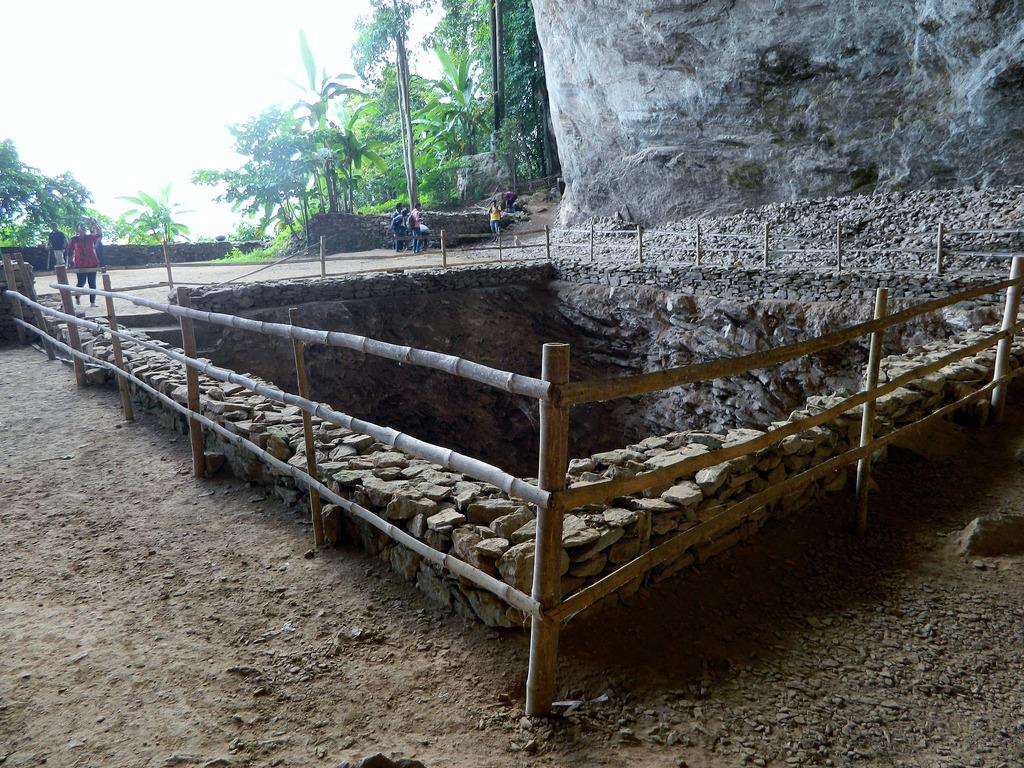
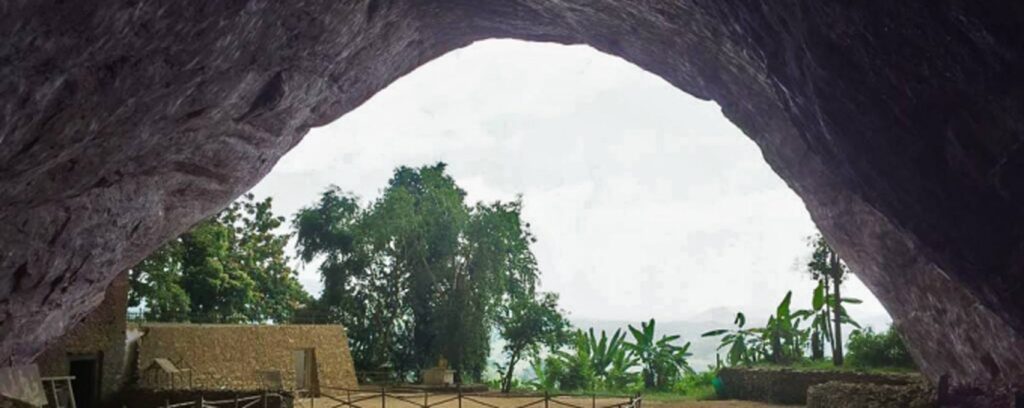
During the same era in the reign of Sinhalese king Mahanama, two groups of monks and bhikkhunis (female monks) were guided to Jiankang (Modern day Nanjing), the Capital of Liu Song in ancient China. The Sri Lankan bhikkhunis led by bhikkhuni Devasara Thisarana (Tie-se-ra) performed dual ordination (this process was required for female monks to become Bhikkhunis under ordination of Bhikkus in Buddhist culture) and was successfully delivered Bhikkuni Upasampada to China by the same group came from Sri Lanka, which even continues to modern day in China. During the same era, in 489 and 505AD respectively, the Karanamudra Sutra and Vimuttimagga, two Buddhist texts in Sri Lanka were translated to Chinese. In Chinese history it’s written that, venerable Amoghavajra, a powerful Chinese Buddhist monk traveled to Sri Lanka and was responsible for translating the Karandamudra Sutra into Chinese and taking it back to China in the 8th century.
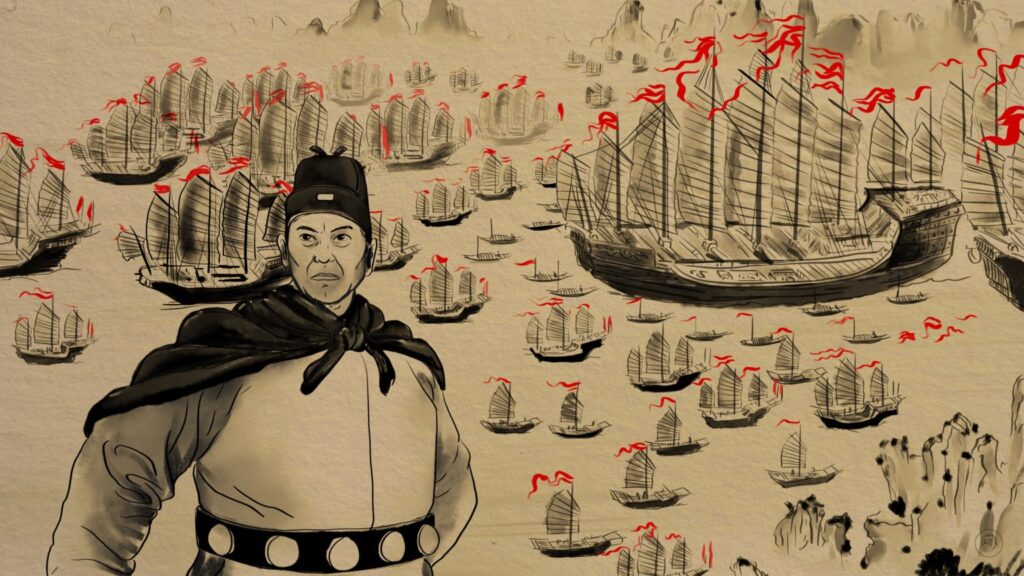
Another important historical incident was Chinese Admiral Zheng He’s visit to Sri Lanka in14th century at the time Ocean around Sri Lanka was called the “Lakidva Sea” which was later changed to the “Indian Ocean” by the Portuguese entering the region in the 1500s. However, Admiral Zheng He visited Sri Lanka 6 times of his 7 voyages with over 300 vessels which is probably the biggest naval fleet to ever arrive in Sri Lankan waters to date. The legend says during the time, Prince Parakramabahu VI and his military generals aligned with Ming Court in China under the Yongle Emperor who was the third Emperor of the Ming dynasty, sent Admiral Zheng He and a military platoon to forcibly dethroned King Alakeshvara in favor of Prince Parakramabahu VI, establishing the reign of King Parakramabahu VI of Kotte kingdom, which is known as one of the longest-serving Sinhalese administration lasting for over 50 years. King Parakramabahu VI went on to unify the island making it one of the most successful/longest Sinhalese regimes in history and continued cooperation with China throughout his rule.
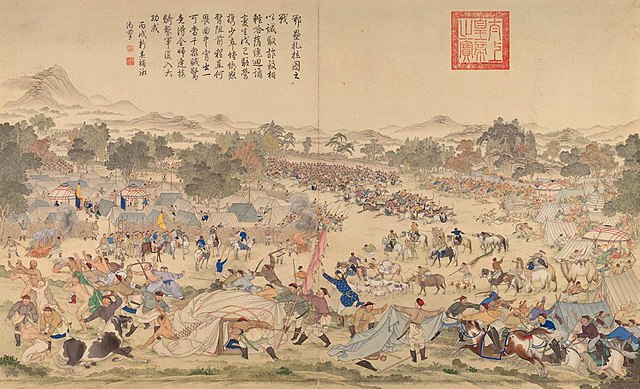
In the late 18th and mid-19th centuries, the start of world wars and Opium wars, China entered its most destructive times in its history. However, after the Xinhai Revolution of 1911, the May Fourth Movement of 1919, the Autumn Harvest Uprising in 1927, and the Long March 1934, China was unified under the leadership of Chairmen Mao and formed the People’s Republic of China (PRC) under the governance of the Communist Party of China. In this era, Sri Lanka was one of the first nations to recognise the PRC and sign a free trade pact with the PRC, at the time western nations were limiting trade relations with the PRC by imposing trade embargo’s. The American government under the “Marshall Plan” invoked the ‘Battle Act’ which prevented giving aid to countries selling strategic materials to Communist countries and Rubber from Sri Lanka to China was considered a ‘strategic material’ as a result most western aid was restricted. In addition, the USA stopped selling sulfur needed by Sri Lanka’s rubber plantations in order to break down Sri Lanka- China Rubber- Rice Pact.
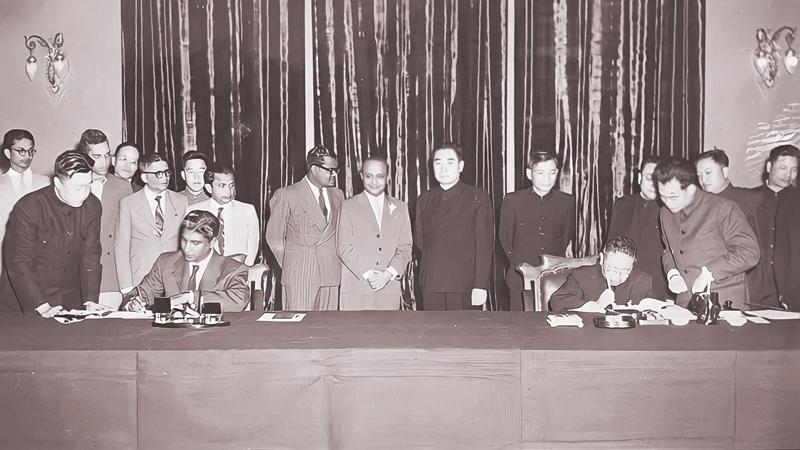
In P.Amarasingham’s book “Rice & Rubber: The Story of China-Ceylon Trade” provides a detailed account of the strong opposition R. G. Senanayake had to face in negotiating the Agreement from the USA, and he responded publicly that
“I have always held the view that political ideologies should not stand in the ways of countries trading with each other if that trade is to their mutual advantage. –R. G. Senanayake-
R. G. Senanayake of Sri Lanka’s United National Party who was then the Trade Minister played the key role in bringing the Rice -Rubber pact between China- Sri Lanka to reality under the support of Premier D. S. Senanayake, and under Dudley Senanayake who just formed a new government after the sudden death of D.S Senanayake in 1952. In 1952 RG. Senanayake foresaw the emergence of China as a world power and publicly stated that
“Talking of China in particular, it would be unrealistic to ignore a nation of 500 million in our continent with a united and cohesive government for the first time in many centuries. She is bound to be a major factor in world trade” –R. G. Senanayake –
Sri Lanka’s signing of the Rubber- Rice pack with much difficulty and pressure is seen as a kind gesture by the Chinese government which engraved the Sri Lanka – China relations into a new threshold. Today, all major Sri Lanka- China events never fail to mention this trade pact which lasted from 1952 to 2002 for fifty years. Later when China is crafting its economic reforms in the 1980s President Jiang Zemin included Sri Lanka as an important partner and led a delegation to Sri Lanka as the mayor of Shanghai, to study the Greater Colombo Economic Commission (today BOI), which was helpful for PRC to implement policy to start Special Economic Zones in China., creating cities as Shenzhen with over $400 billion economy. As part of its economic reforms and policy of opening to the world, between 1978 – 1984 China established Special Economic Zones in Shantou, Shenzhen, and Zhuhai in Guangdong Province and Xiamen in Fujian Province as well as designating the entire island province of Hainan as a Special Economic Zone. China never forgot to help Sri Lanka back, in 2013 at a time Sri Lanka disparately needed investments, China flowed-in the biggest Foreign Direct Investment in Sri Lankan history, and today the Colombo Port City Economic Commission and the CHEC Port City will continue such cooperation to learn from China’s development models and improve the Sri Lankan economy.
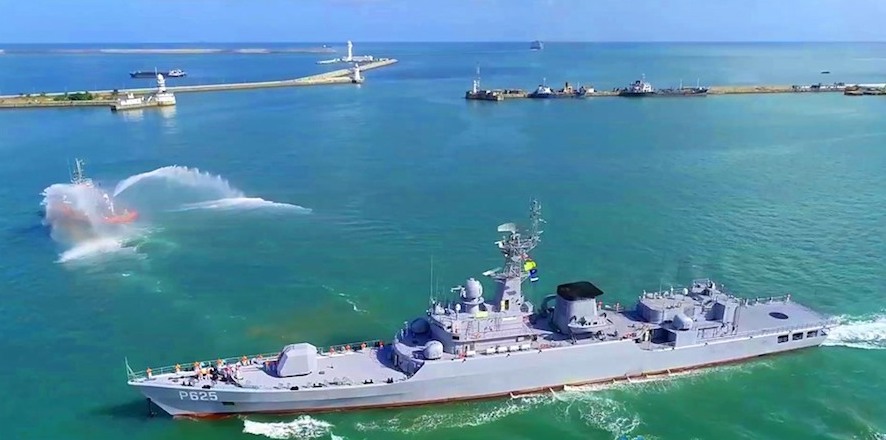
In 2019, China gifted the P-625 Advanced Offshore Petrol Vessel to Sri Lanka Navy, and the Sri Lankan Navy renamed the vessel ‘Parakramabahu’ after King Parakramabahu the Great of the 12th century. King Parakramabahu the Great was known as one of the most important kings of Sri Lankan history and was known for his excellent naval skills for mobilizing Sri Lankans’ first navy. King Parakramabahu the Great was an excellent geopolitical strategist as well, he strategically launched a punitive campaign against the kings of Burma, aided the Pandyan dynasty against the Chola dynasty in Southern India, and maintained extensive trade relations with China, Angkor, and countries in the Middle East, besides renaming the P-625 after King Parakramabahu the Great is a testament of the importance of China’s support to Sri Lanka. Over the years China played an important role as a long-term partner of Sri Lanka and the relationship between both nations has grown into a solid foundation interlinked by both cultural and economic means. At present-day China’s growth and increasing interest in Sri Lanka among other major nations have become the testing grounds for much wider partnerships.
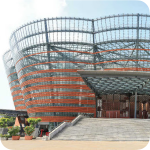
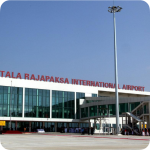
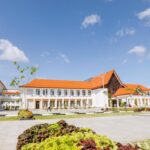
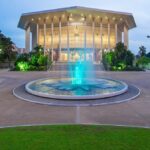
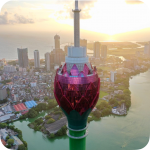
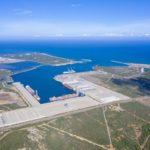
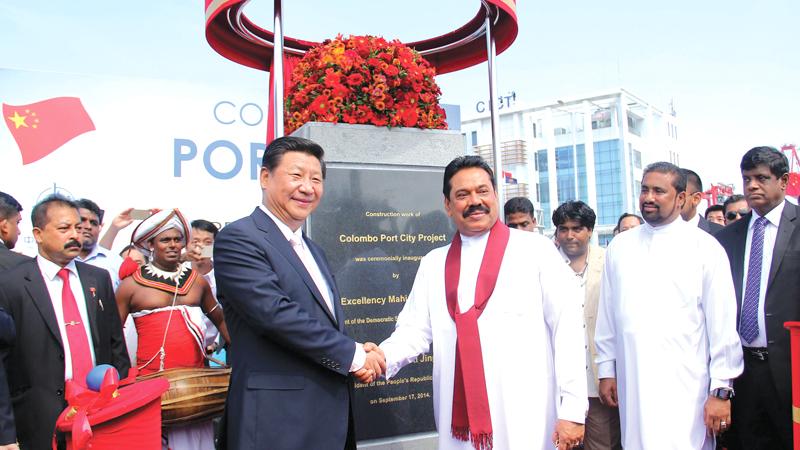
However, from a much wider perspective, China’s relationship with Sri Lanka has helped Sri Lanka to prevent conflicts in many incidents. As per ancient Chinese philosophy, prevention methods are much more endorsed over conflict or cure in not only Chinese medicine but also in governance and military operations. In present-day Belt & Road initiative unfolded many instruments to build communities and enhance global peace as a conflict prevention framework.
One of the greatest conflict prevention methods China saw back in 2012 was the rearranging of its trade routes. As back in 2012 one of the major issues for China was the restricted access to the world to her east coast China Seas, where the U.S. and the western alliance have built over 180 military bases encircling China. In order to tackle these issues, China’s Belt & Road Initiative has implemented a conflict prevention measure. Today, through the Belt & Road Initiative and its nine routes which include three sea routes, three corridors to the oceans to the south, and three land routes to the west, China has created alternative ways that bypass all U.S military bases that could block China’s seas if the U.S stand hostile. Moreover, China famously has helped Sri Lanka with conflict prevention methods by building infrastructure to support the economy. One of the recent was the support rendered by China during the Sri Lankan conflict where China supported the Sri Lankan government at the UN security council, while also directly helping with purchasing of arms and military technology, and upon the conclusion of the conflict, China helped Sri Lanka with much needed Foreign Direct Investments, loans and other needed investments at a time Sri Lanka needed it the most, which indirectly helped Sri Lanka to record the highest economic growth in its history to an average 9% in 2010, 2011 and 2012, Furthermore, China’s aid came in pivotal tools which helped Sri Lankan communities in various ways,
- The Bandaranayke Memorial International Conference Hall (BMICH)
- The Colombo High Court Building
- The Nelum Pokuna Theatre Colombo
- The National Nephrology Hospital Polonnaruwa
- The Main Building of the Lady Ridgeway Hospital for Children
- The New out Patient Building of the National Hospital
- The Research & Demonstration Centre for Water Technology Kandy
These gifts to Sri Lanka are converted into major long-term investments and conflict prevention tools, for example, the BMICH which was gifted by China in 1976 was the largest Conference Hall in Southeast Asia at the time and went on to host the Non-Aligned conference in 1976 with over 86 countries participating, putting Sri Lanka on the global stage. However, since then for the last three decades, the BMICH is known to have book fairs annually including university students’ convocation and educational seminars. The High Court Building which was gifted by China in the 1980s and accommodates the Supreme Court Complex and Appeal courts etc has been helpful for Sri Lankan communities in maintaining public law and order. The aid given to build hospitals such as fully functional Nephrology Hospital and hospital buildings would help the Sri Lankan communities for coming decades and generations.
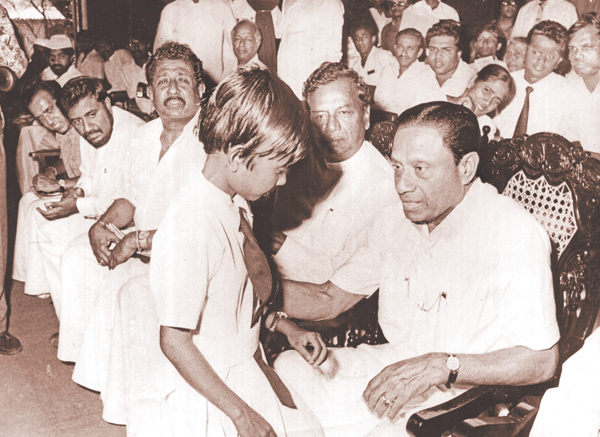
During 1989-1993, when former late President Ranasinghe Premadasa rolled out the free school uniforms program in 1991, China came forward to gift all the textiles in order to support the program, and in 2022 China donated 90 million RMB (5 billion LKR) worth of school uniform material to Sri Lankan students coming-in twenty 40 foot container boxes, meeting 70% of the whole country’s requirement for school uniforms in 2023 new school year, which will approximately benefit over 3.5 million school children.
Moreover, understanding the ground-level difficulties faced by Sri Lanka due to fuel shortages, the Chinese mission in Colombo facilitated to the gift of over 10 million liters of diesel to needed farmers and fishermen covering all major regions which helped the farmers for the upcoming Maha Season and Fishermen before the monsoon season. Also, in the COVID era, China made sure to continuously supply vaccines in order to help the Sri Lankan administration to recover fast and get back to normal by looking at issues at wider macho and micro levels to handover the needed dry raisins, fuel, medicine, etc. These include much-needed 1.55 million syringes of Recombinant Human Erythropoietin injections total value of over 6 billion LKR in June 2022. Through the Faxian Charity Project China distributed dry rations for over 60,000 disadvantaged families in all major regions through all Buddhist Chapters in Sri Lanka. Given the difficult times in Sri Lanka, China also supported the School meal Programme by providing 10,000MT rice which was distributed among over 7500 schools in all nine Provinces in Sri Lanka. In 2021 China also helped the government’s housing projects by proving grants for over 1,996 units of apartments to be contracted for low-income families in five selected areas in Colombo.
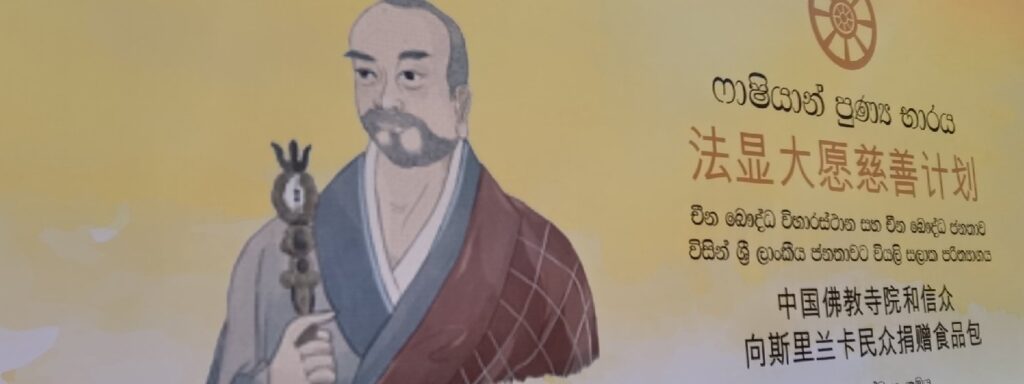
In modern-day through the BRI, Sri Lanka managed to uplift its infrastructure in a much-needed time, mainly building roads in conflict-driven areas linking major cities of Sri Lanka by high-speed road networks, and other needed infrastructure such as seaports, airports, etc. which would give the locals more opportunity to engage in business activities. The BRI in Sri Lanka also opened new ventures, as the Chinese investment in the CICT terminal at Colombo Port, now brings over 40% of traffic to the Port of Colombo making Colombo port one of the busiest ports in the world. Moreover, the growing impact of CICT on international shipping echoed internationally and led countries like India and Japan to invest further at Colombo Port, where Sri Lanka was trapped in the true meaning of the phrase Win–Win scenario. The Hambantota Port came into a joint venture with China Merchants Port Holdings, a globally recognized port operator with a network in 34 ports in 18 countries around the world, including terminals in Houston in the U.S and the Port of Newcastle, which is Australia’s largest east coast port. However, since CMPort took over the operations, RORO shipments grew four times higher compared to the past, while the Port came into strategic agreements with SINOPEC the largest petrochemical company in China, and now facilitates ship bunkering business through Sinopec Fuel Oil Lanka operating Port Tank Farm to carry out the business of ship refuelling and oil trade in South Asia and Intertek Lanka for operating its field-testing laboratory
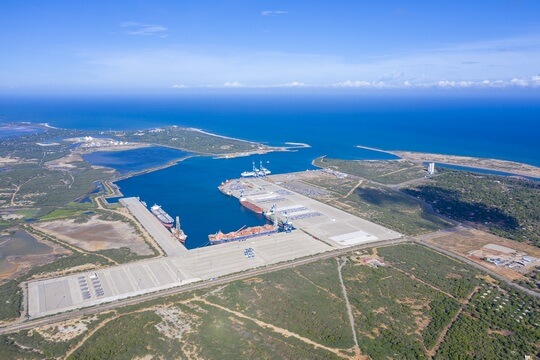


The Hambantota industrial zone saw new investments of over USD 500 million, which includes a USD$ 300 million tire manufacturing plant by Ceylon Tire Manufacturing, a luxury yacht manufacturing plant by Sea Horse Yachts, a covered bonded warehousing facility measuring 50,000 square feet is also being built by Hambantota Port Logistics Services (HLPL), A plug-and-play, park-in-park facility by Xinji Shenzhen Group and the Port of Hambantota and holds South Asia’s biggest LPG gas terminal and Cement Factory. So far, the Hambantota Port Industrial Park has secured over 40 projects from over 10 countries.
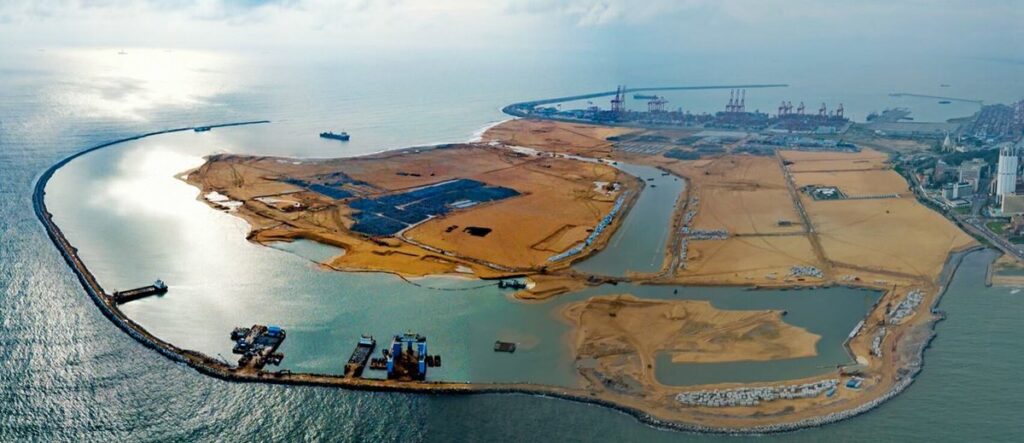
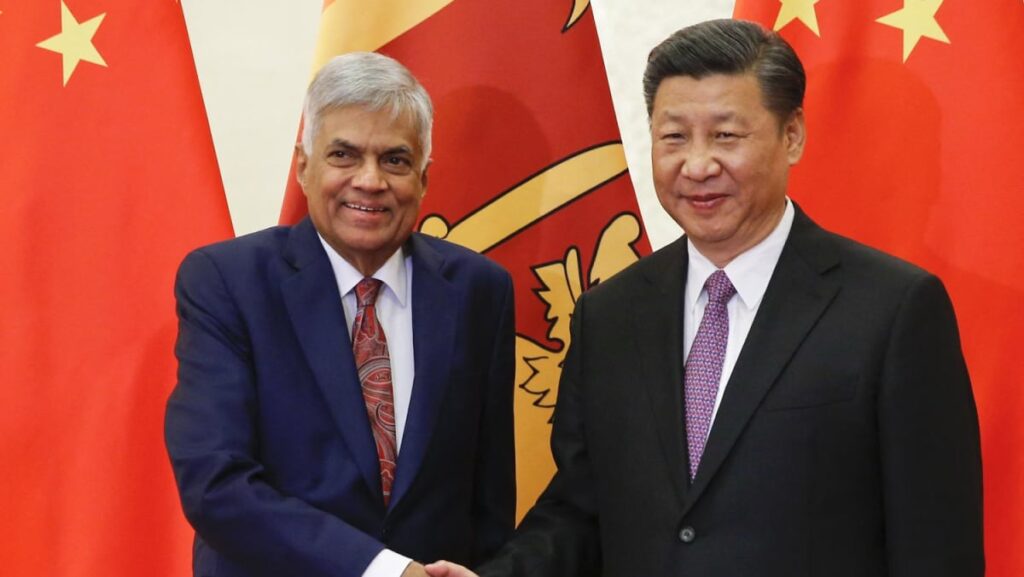
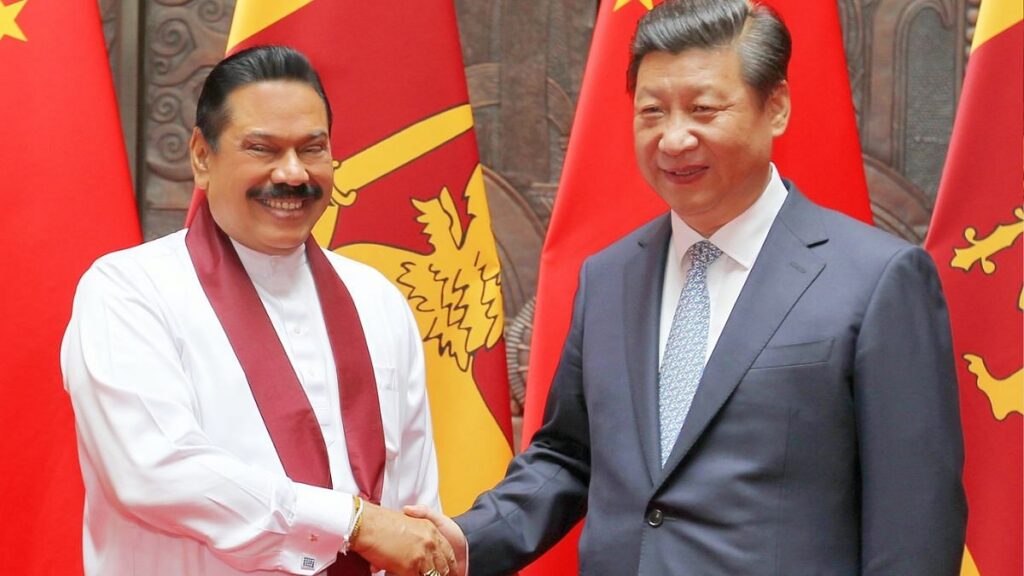
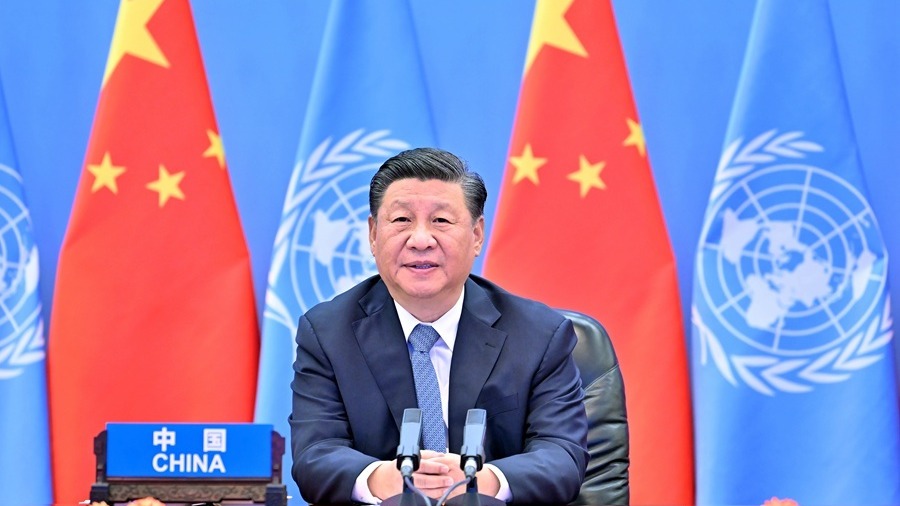
According to the ‘Xi Jinping Thought on Socialism with Chinese Characteristics for a New Era,’ some important points were highlighted which can be related to BRI’s future pathway, one is adopting new science-based ideas for “innovative, coordinated, green, open, and shared development”. In reality, Chinese State-Owned Enterprises will adopt such policies in the coming future to establish a common destiny between Chinese people and other people around the world with a “peaceful international environment” and externalize Chinese Modernization to global partners. Moreover, as President Xi Jinping quoted, the Belt & Road Initiative is the ‘project of the century at the opening ceremony of the Belt & Road Forum for International Cooperation on 14 May 2017, and in the same year October President Xi’s 19th Chinese Communist Party (CCP) Congress remakes highlighted to “ensure and improve living standards through sustainable development, it condones “market reform and opening” and encourages Chinese enterprises to “go out,”, especially along the Silk Road Economic Belt and 21st Century Maritime Silk Road. During the recent 20th Chinese Communist Party (CCP) Congress, President Xi Jinping added, as a collaborative endeavor, the Belt and Road Initiative has been welcomed by the international community both as a public good and a cooperation platform.
These remarks emphasize the extensive engagement in BRI projects in different areas apart from infrastructure development and allow Sri Lanka and other member states to engage in common human development. As Sri Lanka managed to harness the benefits of the Belt & Road Initiative, these areas can further be developed under the upcoming Global Civilization Initiative, Global Development Initiative and the Global Security Initiative which can be used as a tool to strengthen relations.

Author Yasiru Ranaraja
The writer is an Independent Researcher On Maritime Affairs and BRI development. He graduated from Dalian Maritime University, and in 2016 he completed a Master’s Program in Environment and Natural Resources Protection Law at Ocean University of China. He is the Co-Founder of Belt & Road Initiative Sri Lanka (BRISL), an independent and pioneering Sri Lankan-led Organization, with strong expertise in BRI advice and support.
He can be reached via e-mail: info@brisl.org or Twitter – @YRanaraja
